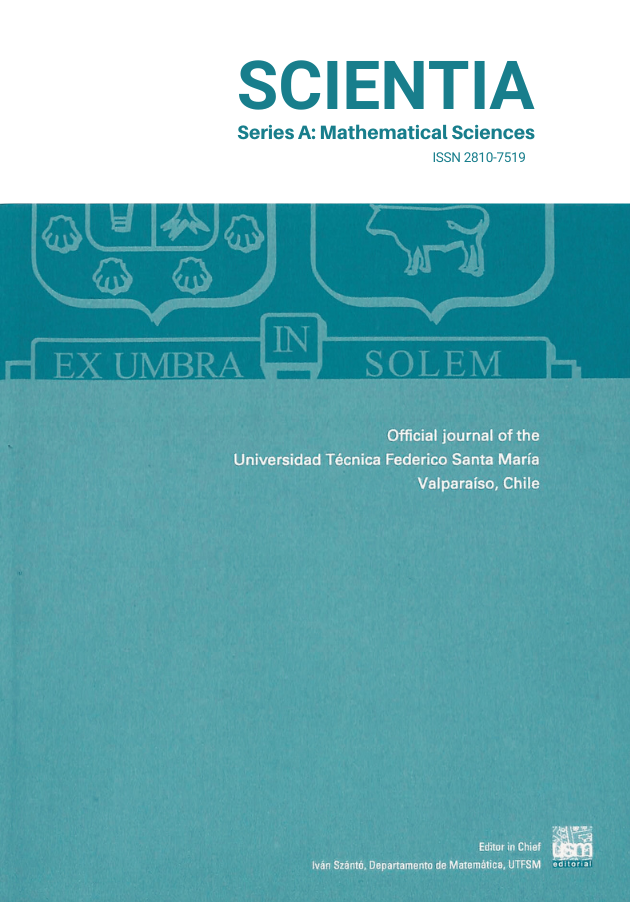Published 2025-08-08
Keywords
- Graceful,
- one modulo \(N\) graceful,
- H-graph,
- Paths

This work is licensed under a Creative Commons Attribution-NonCommercial 4.0 International License.
How to Cite
Abstract
A function \(f\) is called a graceful labelling of a graph \(G\) with \(q\) edges if \(f\) is an injection from the vertices of \(G\) to the set \(\{0, 1, 2, \ldots, q\}\) such that, when each edge \(xy\) is assigned the label \(|f(x) - f(y)|\), the resulting edge labels are distinct. A graph \(G\) is said to be one modulo \(N\) graceful (where \(N\) is a positive integer) if there is a function \(\phi\) from the vertex set of \(G\) to \(\{0, 1, N, (N + 1), 2N, (2N + 1), \ldots, N(q - 1), N(q - 1) + 1\}\) in such a way that \( (i)\) \( \phi\) is \(1 - 1\) \( (ii) (\phi\) induces a bijection \(\phi^*\) from the edge set of \(G\) to \(\{1, N + 1, 2N + 1, \ldots, N(q - 1) + 1\}\) where \(\phi^*(uv)=|\phi(u) - \phi(v)|\). In this paper we prove that the H-graph, \(H \odot mK_1\) and \(H_{(n)}^{(a)}\) are one modulo \(N\) graceful for all positive integers \(N\).










